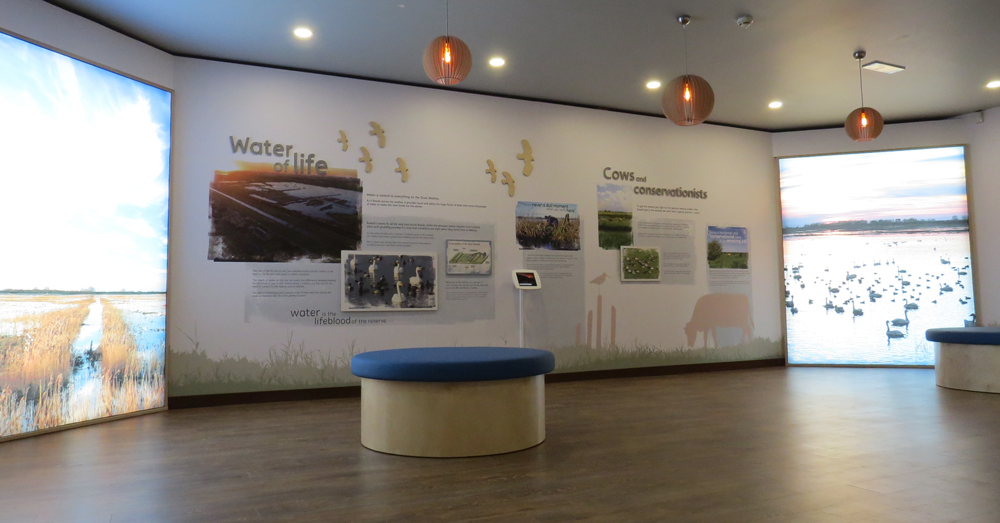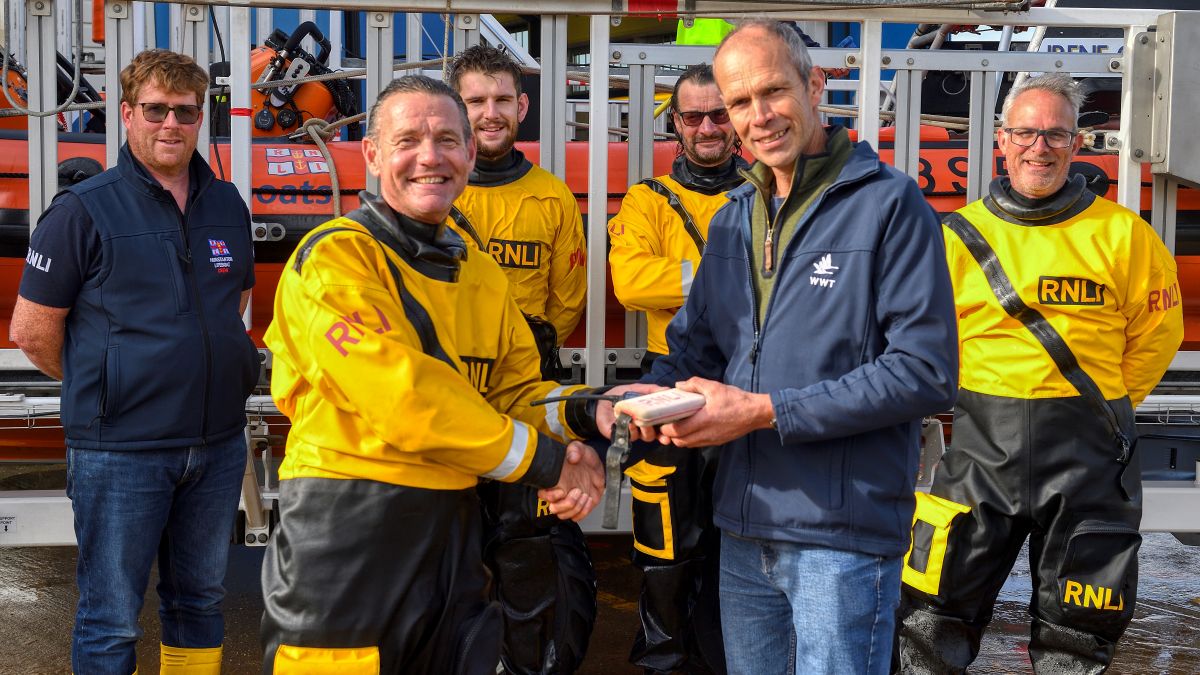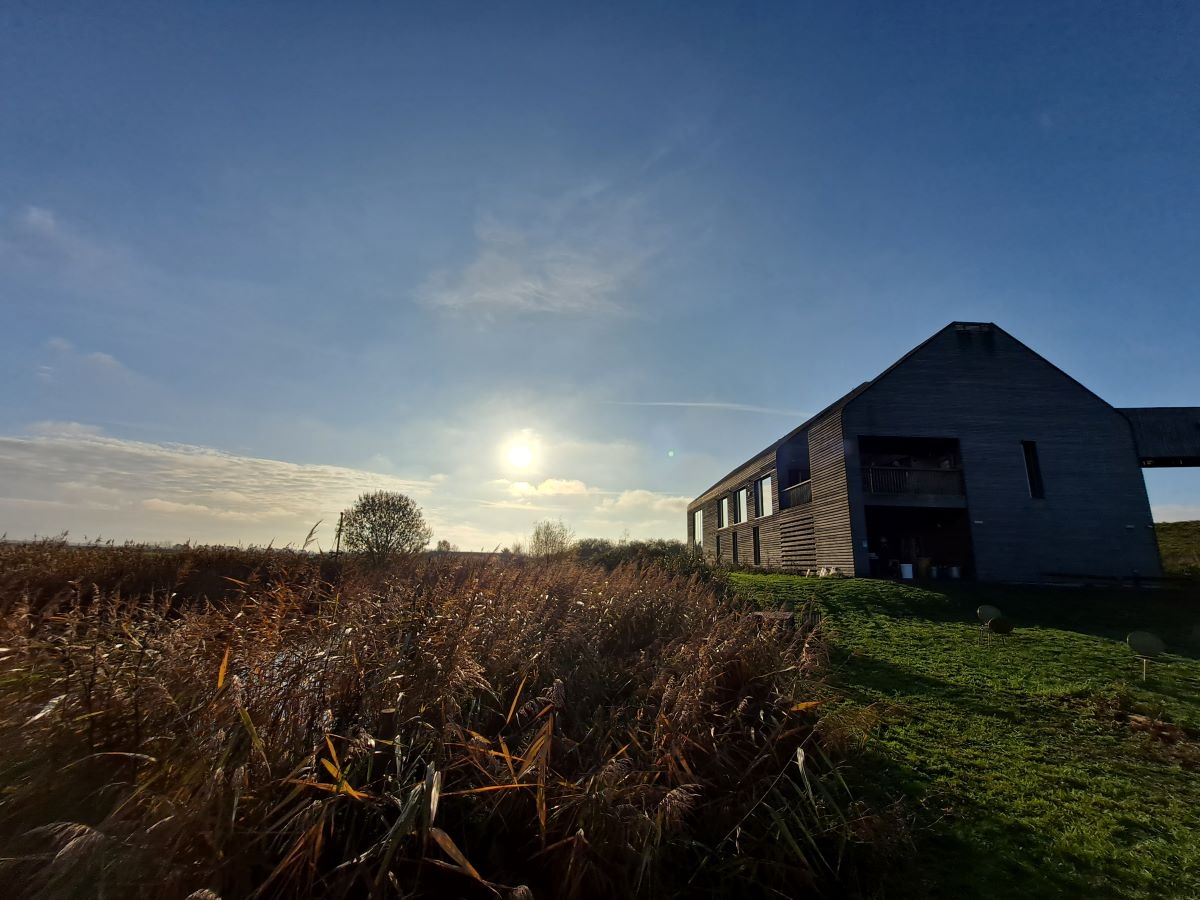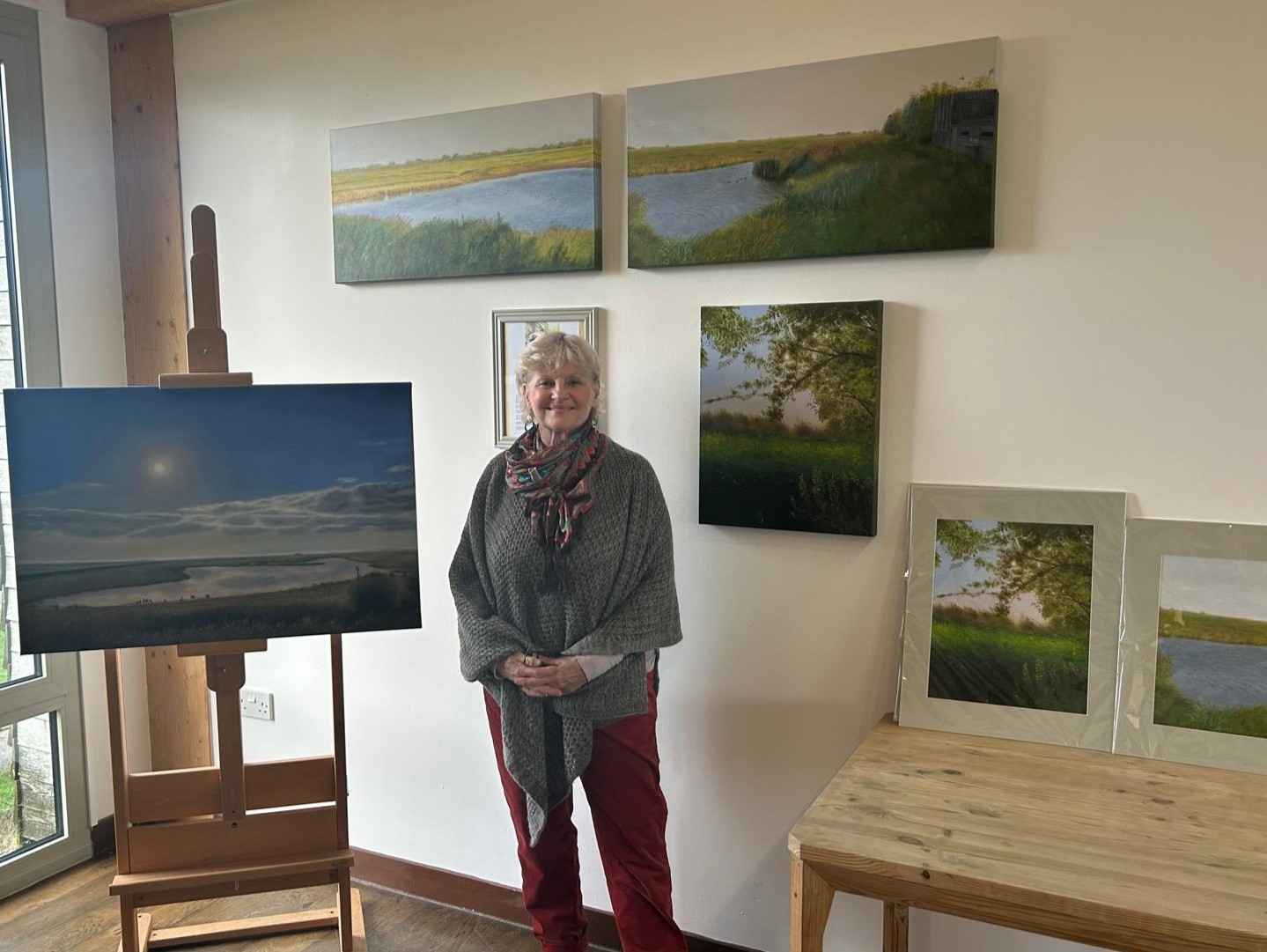Summer wetland management
Summer habitat management is in full swing as the breeding season for wading birds comes to a close and cattle graze throughout the reserve.
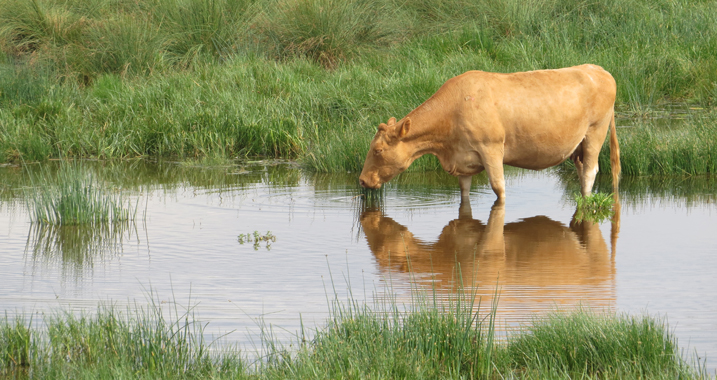
Summer is sometimes seen as our quietest season - with the absence of thousands of wintering swans and ducks and breeding birds moving on, but our teams of staff and volunteers are just as busy and the number of species increases with insects and wildflowers having their time to shine.
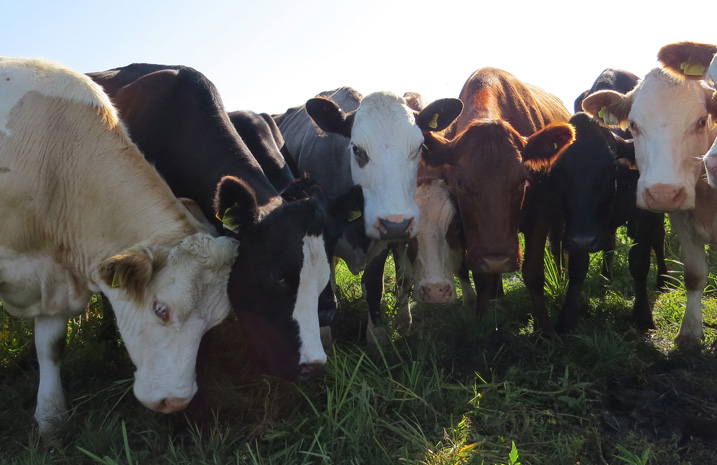
From April onwards we start to introduce herds of cattle to the reserve, these perform important management of the vegetation, grazing it to different levels, fertilising the washes with their manure and poaching up muddy areas and water edges with their feet which encourages invertebrate activity. Each day the reserve team travel the length of the reserve checking the health of the cattle and making sure they aren't getting themselves into trouble, as well as monitoring the condition of grazing so that the herds can be moved around the washes periodically at this time of year.
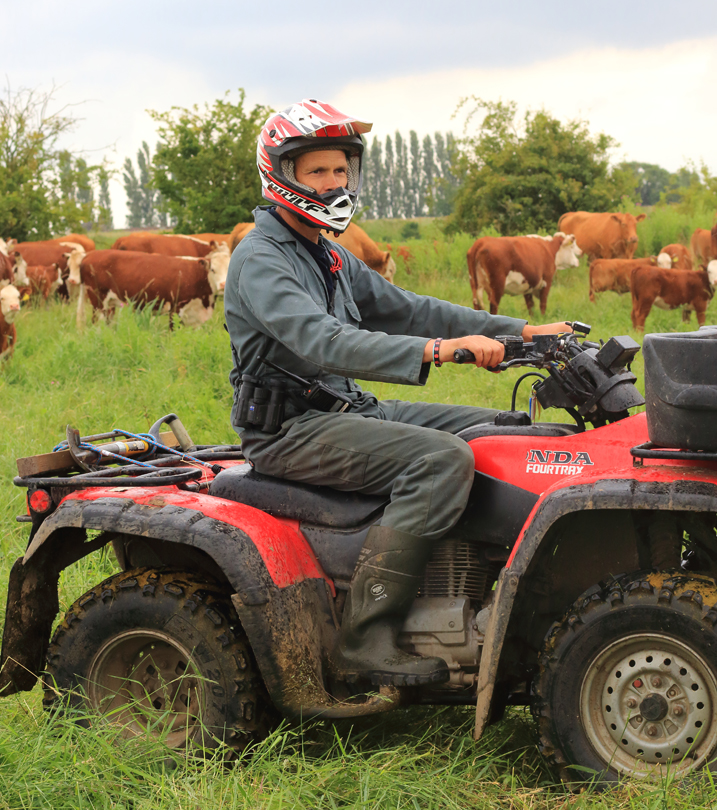
The reserve team also constantly monitor the water levels, tweaking where the water flows and sits to keep up with the changes in weather. The prolonged dry spell last summer put pressure on our water use as we balanced the needs of muddy, wet areas for wader chicks to feed from, ditches that cattle could use to stay hydrated and maintain levels at the pond dipping stations for the invertebrates and amphibians. Throughout the summer the reserve team are also surveying the plant and insect species found in our wetlands to assess the condition of our wetlands currently and to inform future management.

By August the reserve team are lowering water levels in preparation for wading birds stopping off on their migrations south. This also means that they are able to start strimming vegetation on islands and cutting back reed growth, opening these areas up ready for autumn. Water levels on the pools vary from hide to hide so that there are muddy areas available as well as slightly deeper areas of water.
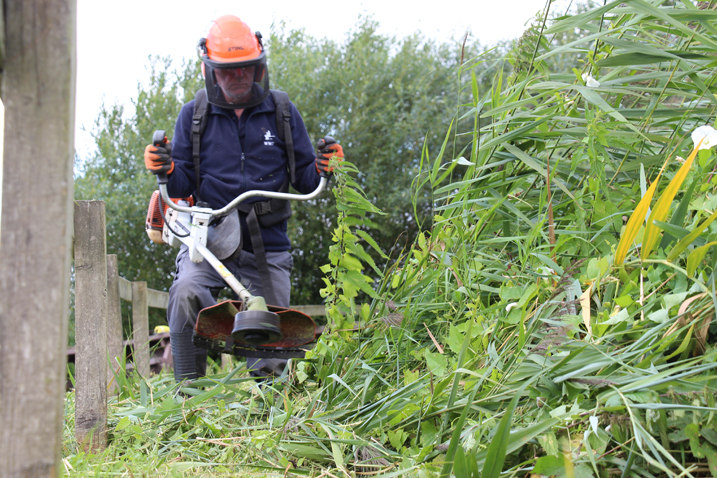
Our new Fenland Exhibit on the ground floor of the visitor centre is a great place to get more insight into the management of our wetlands, how the water system of the Ouse Washes works, what species we are particularly important for, and the history of the Fens. You will see our reserve team and volunteers around the reserve each day managing the wetland habitat and you can enjoy watching the herds of cattle from the visitor centre and hides as you explore. 